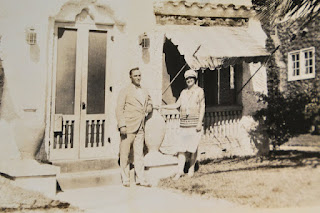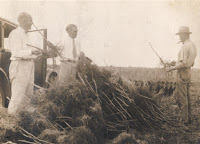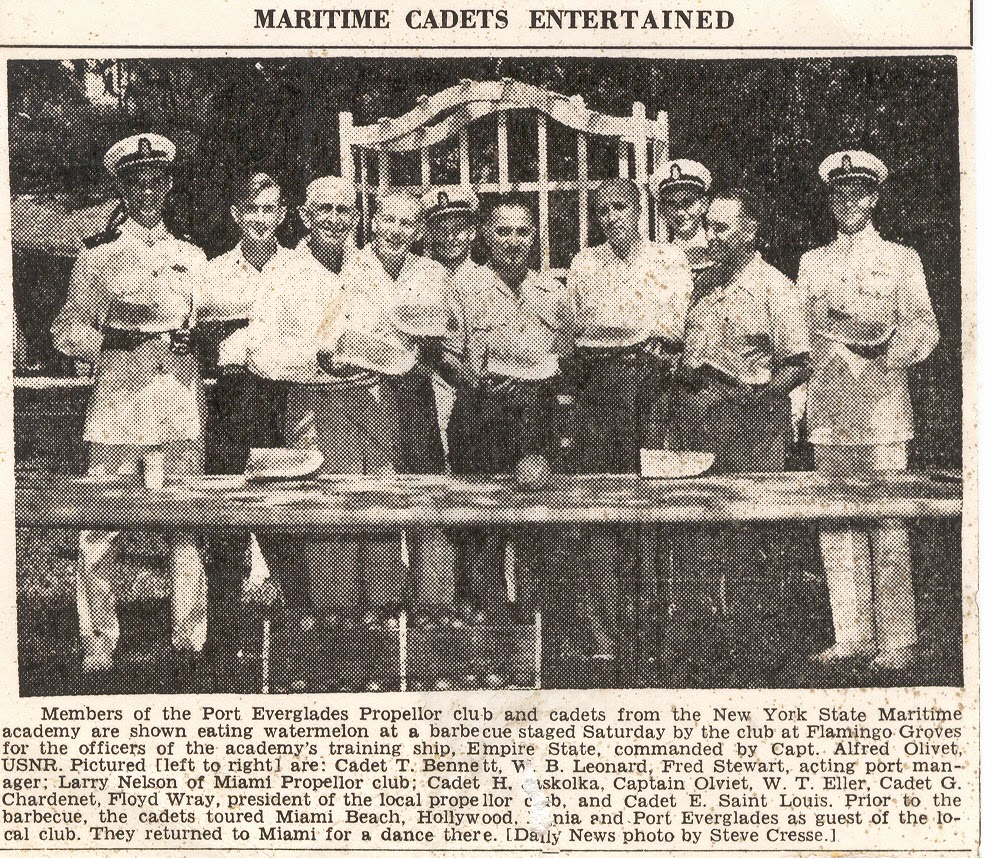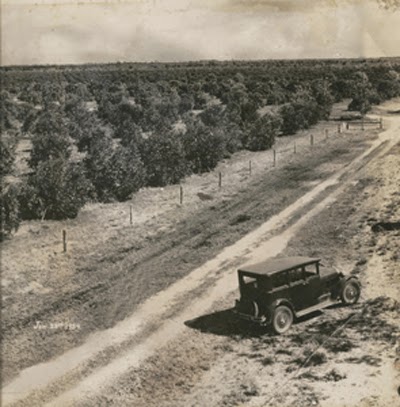March is an exciting month at Flamingo Gardens as the plants start to emerge from their winter dormancy and some of the most interesting blooms appear on our tropical plants. Flamingo Gardens is known for our giant trees, live oaks, and Everglades’ plant species, but here are some unusual exotic blooms from plants around the globe you’ll want to see during your spring visit.
12. Yellow Saraca, Saraca chinensis
Indigenous to India, Burma and Malaya, this tree is known for its profusion of rich yellow clusters of numerous long-tubed flowers which each open out into four oval lobes. According to legend, the founder of Buddhism, Sakyamuni, was born under this tree and as such is worshipped by Buddhists. Hindus revere it as the symbol of love. Both Buddhists and Hindus use the blossoms or religious offerings. The Red Saraca, Saraca declinata, is equally showy. *Look for this small flowering tree across from the Bear Exhibit.
11. Weeping Bottlebrush, Callistemon viminalis
This distinctive tropical plant is named for its bright red weeping flower spikes that are reminiscent of a brush used to wash bottles. Native to New South Wales and Western Australia the bottlebrush is a common plant often sold as a shrub but can grow as a tree up to 25 feet in height. *You can find specimens of this small tree along the tram trail next across from the Wray Home.
10. Flowering Pandanus, Freycinetia cumingiana
This flowering shrub is native to rainforests in the Philippine Islands. It typically grows to 3’ tall as a scrambling shrub when unsupported but may grow to 7’ tall or more as a vine when its woody stems are able to attach to and climb upon adjacent upright structures. Its unusual flowers are used in the cut flower market. *Located west of the bridge in the Arboretum near the Reflection Pond.
This flowering shrub is native to rainforests in the Philippine Islands. It typically grows to 3’ tall as a scrambling shrub when unsupported but may grow to 7’ tall or more as a vine when its woody stems are able to attach to and climb upon adjacent upright structures. Its unusual flowers are used in the cut flower market. *Located west of the bridge in the Arboretum near the Reflection Pond.
9. Narrow-leaved Bird of Paradise, Strelitzia juncea
Similar to the common Bird of Paradise commonly found in gardens and florist shops throughout Florida, this variety does not have a broad leaf, but has rush-like cylindrical leaves instead. Like its more common counterpart, the Narrow-leaved Bird of Paradise is also native to South Africa and is threatened in its native habitat of South Africa due to quarrying and illegal collecting in the horticultural trade. *This unusual species of Bird of Paradise can be found in the center of the cycad garden.
8. Flame of the Forest, Butea monosperma
This flowering tree is native to India and Southeastern Asia. The large beak-shaped red-orange flowers appear in spring and give rise to its other common name Parrot Tree. In Sanskrit, the flower is extensively used as a symbol for the arrival of spring and the color of love. In Theravada Buddhism, it is said to have been used as the tree to achieve enlightenment, or Bodhi, by Buddha. *Located in our Flowering Tree Garden behind the Bear Exhibit and across from the Wedding Gazebo.
7. Mother of Cocoa, Gliricidia sepium
A native of Mexico and Central America, this tropical tree was used to shade plantation crops such as cocoa and thus given its common name Mother of Cocoa. The flowers are located on the end of branches that have no leaves. These flowers have a bright pink to lilac color that is tinged with white. A pale-yellow spot is usually at the flower’s base. The tree is used extensively in Africa now to stabilize soils against acidification and as forage for cattle, sheep and goats. *Located in our Flowering Tree Garden behind the Bear Exhibit.
6. Ice Blue Calathea, Calathea burle-marxii
Native to southeastern Brazil and named in honor of Brazilian landscape architect Roberto Burle Marx, this calathea has frilly pinecone-shaped flowers below the leaves at the stem tips. The small, white and pale purple tubular flowers are nestled between the pale blue or white floral bracts on the inflorescences. The inflorescences are very long-lasting, but each individual flower only lasts for a day. *Look for this gem at the end of the boardwalk from the Gift Shop. Look low, it hides!
5. Indian Clock Vine, Thunbergia mysorensis
This woody tropical vine is native to India where it is also known as Brick and Butter vine. It is also known as lady slipper vine due to the dramatic and very large pendent hanging blossoms which have individual yellow and maroon flowers in a bold curved shape resembling a slipper. Although uncommon in the wild, it is a popular cultivar in gardens due to its showy flowers. *You can find this vine growing on the trellis in the Butterfly Garden, in front of the Tram Station.
4. Pink Shaving Brush Tree, Pseudobombax ellipticum
This deciduous tropical flowering tree from Mexico produces large hot pink flowers in the springtime which resemble a shaving brush. It usually has no leaves at the time of bloom which serves to show off the large and striking flowers. Although not threatened nor endangered, it is one of the strangest looking blooms on a flowering tree. *Located in our Cycad Garden -you can easily see it from the tram.
3. Panama Flame Tree, Brownea macrophylla
This tropical tree is native to central-south America, particularly to the humid thick forests of Colombia and Venezuela. It produces bright flowers on its branches that are loved by pollinators especially hummingbirds. The species is rare in the wild these days but is a popular ornamental tree due to its showy flowers. *Located in our Bromeliad Garden.
2. Jade Vine, Strongylodon macrobotrys
Jade vine is a perennial woody vine native to the Philippines rainforests where it will commonly grow 30-50 feet up tall trees in search of sun. Jade vine is particularly noted for its unique jade colored claw-shaped flowers which bloom in huge, showy, panicles that droop up to 40” long. Almost extinct in the wild due to deforestation, jade vine survives in cultivation in numerous nurseries and gardens across the globe. *Located on the trellis in our Fern Garden.


























































